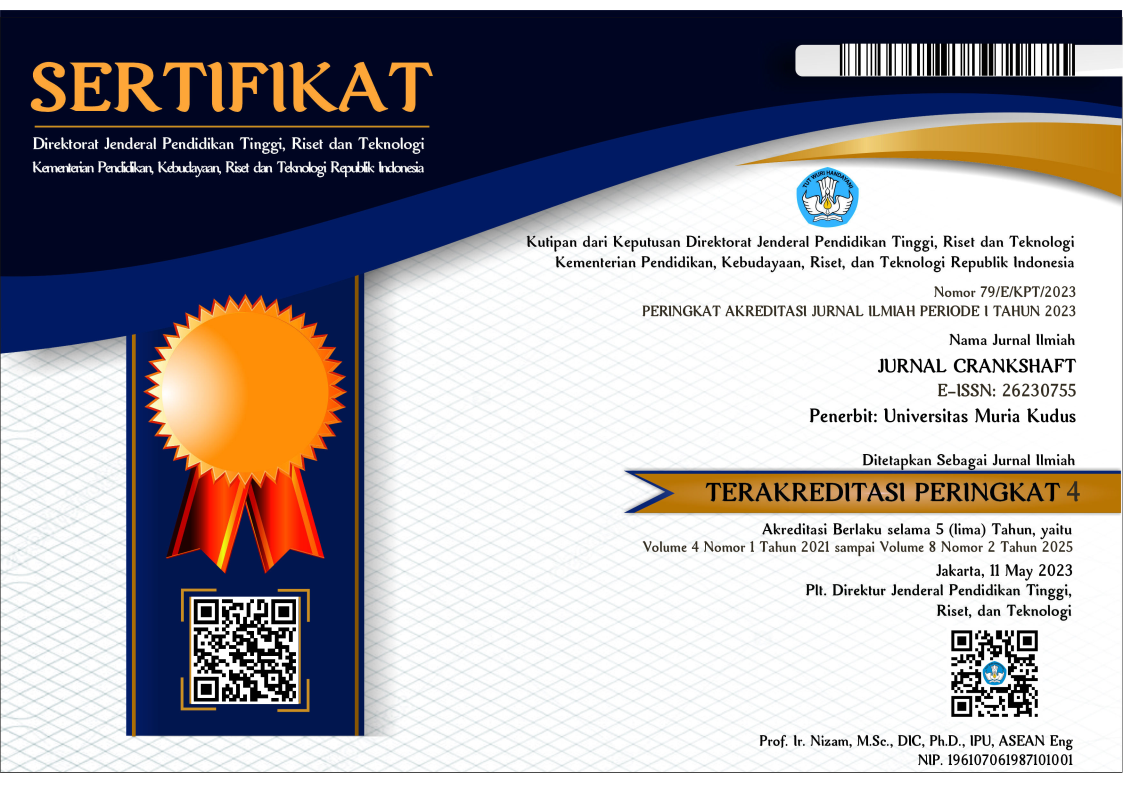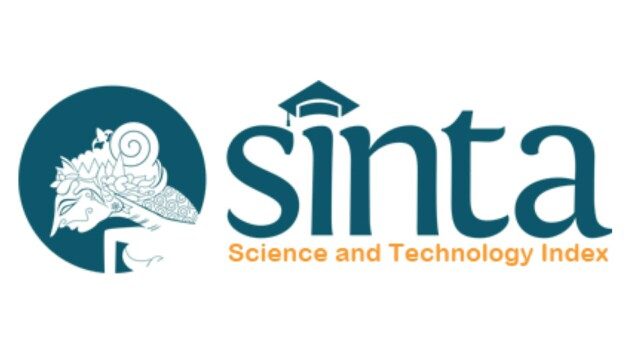Analisis sistem solar tracker terhadap daya yang dihasilkan untuk irigasi hidroponik tenaga panel surya
Muhammad Naufal Hanif, Mohamad Zaenudin, Yasya Khalif Perdana Saleh
Sari
Hydroponics is an agricultural system that requires electricity to drive water pumps that flow irrigation, and solar panels are tools to convert solar energy into electrical energy. The drawback of installing solar panels so far is static so that the power received is not optimal, considering that the sun is always moving around the earth. In this case a solar panel with a solar tracker system is used as a source of electrical energy for the water pump. The purpose of using a solar tracker on this hydroponic solar panel is to optimize the absorption of the energy received by the solar panel. The method used in this research is the method of literature study and experimental research. The research was conducted from March 4 - April 15 2023 from 07.00 - 18.00 WIB with 1 day of static position testing each, and 1 day of solar tracker solar panels every day. The total power obtained during the test was 2823.31W on the solar tracker system after deducting the power consumption of the solar tracker system, while in a static position the power obtained was 1843.71W. On the solar tracker system it takes 3 Hours 54 Minutes to charge the battery after the battery power is used for 13 hours. Meanwhile, in a static position it takes 6 hours. The conclusion from this study is that the solar panel solar tracker system in hydroponics is capable of producing a power increase of 53% compared to hydroponic solar panels in a static position.
Kata Kunci
solar cell; solar tracker; battery charge; hydroponics
Referensi
Muhammad, I., & Fatmi, N. (2021). Pemanfaatan Teknologi Hidroponik Sayuran Organik Berbantuan Panel Surya (Hydroponic Solar Panels). Relativitas: Jurnal Riset Inovasi Pembelajaran Fisika, 4(1), 1-7. [2] Pulungan, A. B., Fajri, Q., & Yelfianhar, I. (2021). Peningkatan Daya Keluaran Panel Surya Menggunakan Single Axis Tracker Pada Daerah Khatulistiwa. JTEV (Jurnal Teknik Elektro dan Vokasional), 7(2), 261-270. [3] Syahab, A. S., Romadhon, H. C., & Hakim, M. L. (2019). Rancang bangun solar tracker otomatis pada pengisian energi panel surya bebasis Internet of Things. Jurnal Meteorologi Klimatologi dan Geofisika, 6(2), 21-29. [4] Usman, M. K. (2020). Analisis intensitas cahaya terhadap energi listrik yang dihasilkan panel surya. Power Elektronik: Jurnal Orang Elektro, 9(2), 52-57. [5] Wendryanto, W., Widayana, G., & Sutaya, I. W. (2017). Pengembangan penggerak solar panel dua sumbu untuk meningkatkan daya pada solar panel tipe polikristal. Jurnal Pendidikan Teknik Mesin Undiksha, 5(30002)
DOI:
https://doi.org/10.24176/crankshaft.v6i2.11050
Refbacks
##submission.license.cc.by-nc-sa4.footer##
<div class="statcounter"><a title="Web Analytics Made Easy - Statcounter" href="https://statcounter.com/" target="_blank"><img class="statcounter" src="https://c.statcounter.com/12800593/0/d6b4bae7/1/" alt="Web Analytics Made Easy - Statcounter" referrerPolicy="no-referrer-when-downgrade"></a></div> <div class="statcounter"><a title="Web Analytics Made Easy - StatCounter" href="https://statcounter.com/" target="_blank"><img class="statcounter" src="https://c.statcounter.com/12800593/0/c2a0cbb9/0/" alt="Web Analytics Made Easy - StatCounter"></a></div> View My Stats
Indexed by:
Jurnal Crankshaft is licensed under a Creative Commons Attribution-ShareAlike 4.0 International License .
Dedicated to:







